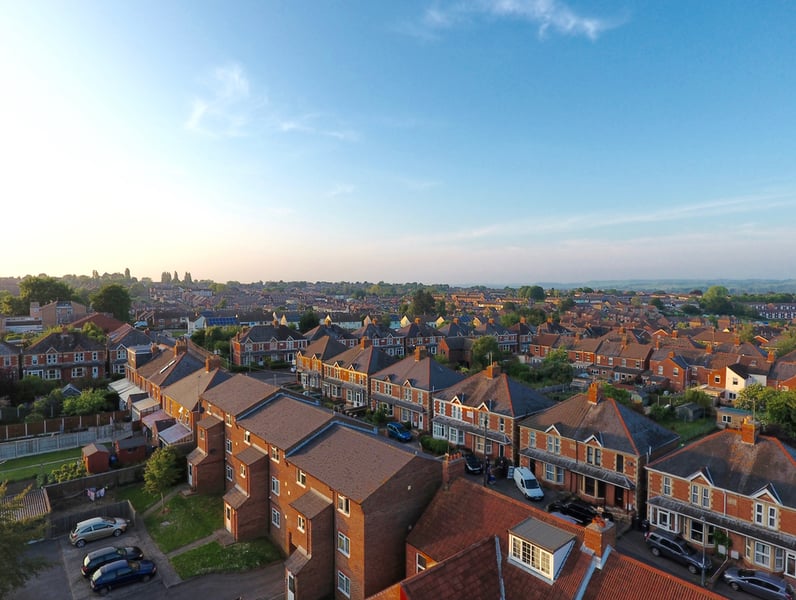House prices grew by 5.2% in the year to December 2017, up from 5.0% in the year to November 2017, the ONS House Price Index found.

House prices grew by 5.2% in the year to December 2017, up from 5.0% in the year to November 2017, the ONS House Price Index found.
TheUK Property Transaction Statistics for December showed that the number of seasonally adjusted transactions on residential properties with a value of £40,000 or greater has decreased by 0.1% in the year to December 2017.
Jeremy Duncombe, director, Legal & General, said: “As 2017 drew to a close with house prices rising at healthier levels than in previous year, we are certainly on a stronger footing for coming months.
“House prices are now far more aligned with wage inflation than in previous months and couple this with competitive mortgage rates, first-time buyers should find it that little bit easier to get onto the property ladder.
“However, the issue of affordability has not gone away, and for those concerned, speaking to a broker can be a great starting point.”
Between November 2017 and December 2017, transactions decreased by 3.9% with the average price of a property being £226,756.
On the supply side, the Royal Institution of Chartered Surveyors reported their net balance for new instructions remained negative for the 24th consecutive month.
Stock levels reported by estate agents remained broadly stable; still close to historic lows. Their three month outlook for national sales expectations remained flat, whilst there is greater optimism for the twelve month outlook.
Jeff Knight, director of marketing at Foundation Home Loans, said: “It’s not been the best start to the year for sellers. People are holding off until they are in a better position to make such a big financial commitment, held back by lack of disposable income.
“That doesn’t change the fact that property prices are still inflated, underpinned by the lack of supply, and pent-up interest will continue to nudge properties just out of reach for those hoping to buy – even with the cut to stamp duty.”
Looking at English regions, the largest annual price growth was recorded in the South West at 7.5%, up from 6.1% in the previous month.
It was followed by the East and West Midlands, both growing at 6.3%. At 2.5%, London showed the slowest annual growth of all UK regions, though this is up from 2.0% in the previous month.
This is the 13th consecutive month where the annual growth in London has remained below the UK average. Yorkshire and The Humber was the second slowest region, growing at 2.8%.
Average house prices in the UK have increased by 5.2% in the year to December 2017, up from 5.0% in the year to November 2017.
The largest annual price growth was recorded in Scotland, where house prices increased by 7.7% over the year to December 2017.
John Goodall, chief executive and co-founder of Landbay, said: “Demand in the property market has been reinforced by a wave of first-time buyers capitalising on November’s stamp duty reforms.
“The changes have made it easier for aspiring homeowners to afford a place of their own, but over the longer term will likely push up prices for starter homes.”
In England, the average price increased by 5.0% over the year while Wales saw house prices increase by 5.4% over the last 12 months.
The average price in Northern Ireland increased by 4.3% over the year to quarter 4 (October to December) 2017.
Jean-Michel Six, EMEA chief economist at S&P Global Ratings, said: “Housing market activity in the UK continues to stagnate.
“The number of new mortgages approved, sale instructions, buyer inquiries and stock on the market continues to move broadly sideways, with some of these measures remaining one-third below pre-crisis levels.
“Furthermore, the limited number of properties on the market continues to underpin prices.
“We forecast that house prices in the UK will grow by0.5% in 2018, 1.5% in 2019, and by 3.5% in 2020.”



